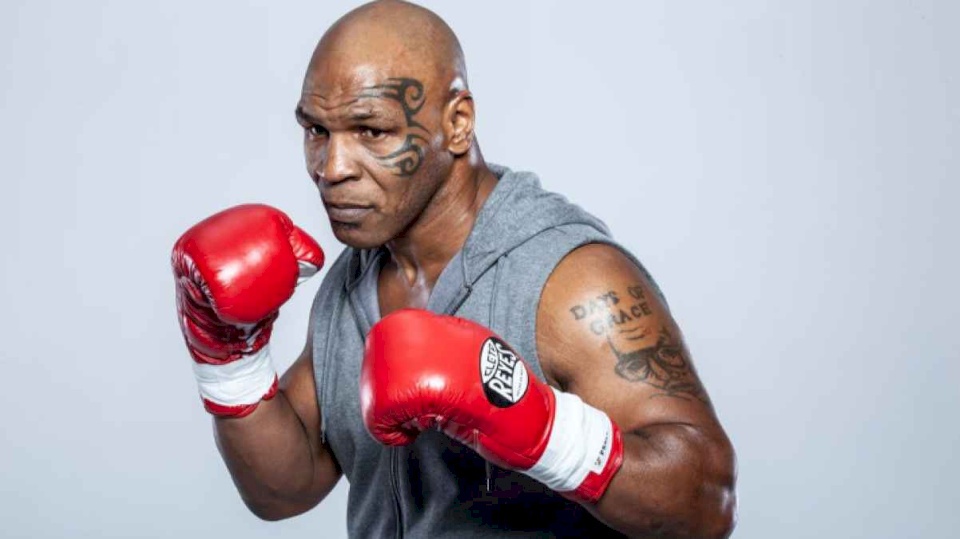
"Mike Tyson" Describes "Sonny Liston" as the Most Fearsome Boxer in History
SadaNews - American boxing legend Mike Tyson revealed the "most fearsome boxer of all time" who could crush his opponents with a series of devastating punches.
Tyson is still considered the youngest heavyweight champion of all time, having been just 20 years old when he defeated Trevor Berbick to claim the title in 1986.
At his peak, Tyson, nicknamed "Iron Mike," was the fiercest man on the planet, but the 59-year-old admits that even he was not as intimidating as his fellow American Sonny Liston.
Tyson said on The Big Podcast with Shaquille O'Neal, the former American basketball star: "Listen, Sonny Liston is the most fearsome boxer of all time... Liston would come to St. Louis and Chicago, and the police would tell him: 'Listen, you can't come here.'"
The world champion added, "He hit four police officers, broke one of their jaws, and took his gun, even though they were hitting him with a baton on the head. There is no boxer like him; he is a beast."
From Crime to Glory
Liston was involved with a gang committing robbery and armed robbery, which led to him being sentenced to five years in prison in 1950 when he was in his twenties.
After his release in 1952, Liston began his amateur boxing career, turning professional just a year later.
Liston became heavyweight champion for the first time after defeating Floyd Patterson in 1962, winning the rematch a year later.
He then faced Muhammad Ali - then Cassius Clay - in 1964 and lost twice to the greatest boxer in history.
Liston's last fight was in 1970 against Chuck Wepner, the American heavyweight champion who inspired the character Rocky Balboa portrayed by actor Sylvester Stallone.
Just seven months later, his wife Geraldine found the boxing legend dead in their home in Las Vegas. The circumstances surrounding Liston's death remain mysterious, but he officially died from heart failure and pulmonary edema.

Predictions for a Decline in Global Smartphone Shipments in 2026

US Congress Launches Investigation into the Use of Ticks as Biological Weapons

Russia Develops Fuel That Provides Energy for a Thousand Years

10 Daily Habits that Waste Time and Energy

7 Exercises to Strengthen Your Calf Muscles

Creative Commons Organization Supports "Pay-Per-Crawl" Systems to Compensate Content in th...

Tea and Cocoa Reduce Health Issues Caused by Sitting for Long Hours

